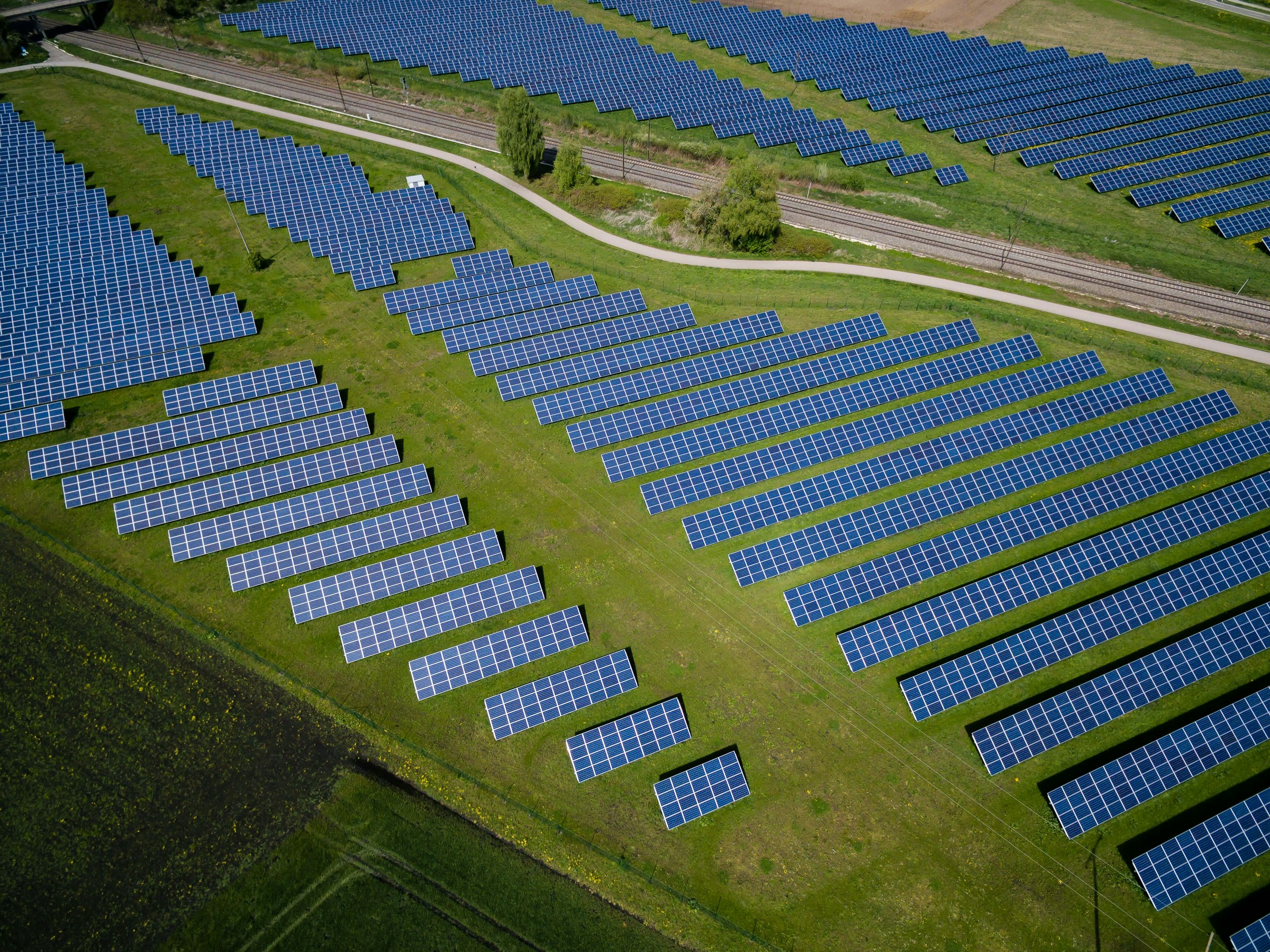In the world of renewable energy, innovation remains a key driver to success. If you’re a stakeholder in the UK renewable energy industry, you’re possibly keen on finding new avenues to increase efficiency and productivity. One such avenue that has emerged in recent years is the use of artificial intelligence (AI) and machine learning. Specifically, AI can be a game-changer in how we harness and optimize wind energy. Let’s delve into this fascinating subject and see how it’s transforming the energy landscape.
AI and Wind Energy: An Overview
The UK is a leading player in the global wind energy market. However, managing and maintaining wind energy systems is no easy task. It requires careful analysis, constant monitoring, and efficient predictive ability to ensure optimal performance. This is where AI technology comes in.
Also to discover : How Can UK Manufacturing Firms Integrate 4IR Technologies for Enhanced Efficiency?
Artificial Intelligence, with its ability to analyze vast quantities of data and make predictions, offers promising avenues for enhancing wind power production. Machine learning, an element of AI, utilizes algorithms that can learn from and make decisions based on data. Such technology can analyze weather patterns, optimize turbine operation, and predict system failures, leading to improved efficiency and reduced downtime.
Predictive Maintenance: The AI Advantage
One of the key challenges in wind energy production is the maintenance of wind turbines. These towering structures are subject to wear and tear, and their operation can often be disrupted by mechanical issues. With AI, companies can shift from reactive to predictive maintenance.
Also to discover : What Key Strategies Should UK Transport Companies Implement for Efficient Fleet Management?
Machine learning algorithms can process data from sensors embedded in the turbines, recognizing patterns and anomalies. As a result, potential issues can be identified before they cause significant downtime. This allows for timely intervention, reducing maintenance costs and increasing the lifespan of the turbines.
Optimizing Wind Turbine Performance
AI is not just about predictive maintenance. It can also play an instrumental role in optimizing the operation of wind turbines. By analyzing data from multiple sources, machine learning models can determine the best way to operate a turbine under different wind and weather conditions.
For example, these models can adjust the angle of the turbine blades to maximize the capture of wind energy. This intelligent control of the wind turbines, known as smart grid technology, can significantly enhance the efficiency of wind farms, thereby increasing overall power output.
Predicting Power Production
Forecasting power production is a significant aspect of managing the utility grid. Accurate predictions can help balance the supply and demand of electricity, reducing the risk of power shortages or surpluses.
With machine learning models that analyze historical data and weather forecasts, AI can accurately predict wind power output. Businesses can then plan their operations accordingly, and grid operators can better manage the power distribution. The utilization of AI in this way provides a more reliable and stable power grid system.
Transition to a Learning Energy System
The ultimate goal in the integration of AI and wind energy is the creation of a learning energy system. This concept involves an intelligent grid that can adjust and optimize itself in real-time, learning from past performance and adapting to new conditions.
A learning energy system can respond to changes in energy demand, fluctuating weather conditions, and the variable nature of renewable energy sources like wind and solar. By doing so, it not only maximizes energy production but also minimizes waste and inefficiencies.
AI and machine learning are undoubtedly transforming the renewable energy sector. Their ability to optimize wind energy production could prove vital in the UK’s transition towards a more sustainable and efficient energy future. The integration of these technologies into the energy sector opens up exciting possibilities, promising a future where renewable energy companies can harness wind power more effectively and efficiently.
Energy Storage and AI Integration
A key factor to consider when optimizing wind energy production is energy storage. Due to the intermittent nature of wind, the generated electricity needs to be stored efficiently for later use. Here, AI can significantly contribute to the effective storage and retrieval of the generated wind power.
Machine learning models can analyze the patterns of energy usage against the amount of wind-generated power, optimizing the storage and distribution of energy. By learning from past usage and weather patterns, these models can predict the best times to store or distribute energy. Consequently, the usage of AI in energy storage management can lead to a reduction in energy wastage and a more efficient utilization of the generated wind power.
Moreover, AI can also be beneficial in managing the integration of different renewable energy sources, such as wind and solar, into the grid. The algorithms can predict the optimal mix of energy sources at any given time based on the real-time data and historical trends. This ensures a more stable and reliable energy production, contributing to a more resilient energy sector.
Solar Panels and Wind Turbines: An AI-driven Synergy
In the quest for cleaner and more efficient energy production, combining wind energy with solar energy has shown to be a promising strategy. AI and machine learning can play a pivotal role in optimizing this synergy, especially in the UK, with its considerable wind and solar resources.
AI can analyze sunlight and wind speed data in real time to determine the most efficient combination of wind turbines and solar panels at any given moment. For instance, during sunny periods with low wind speeds, AI can prioritize the use of solar panels. Conversely, during periods with strong winds and less sunlight, the focus could shift to wind turbines.
Furthermore, machine learning algorithms can be used to enhance the operation of solar panels and wind turbines. For instance, they can adjust the angle of solar panels to maximize sunlight capture, or tweak the position of wind turbines to optimize wind capture. Through such applications, AI can significantly enhance the efficiency of hybrid wind-solar energy systems.
Artificial intelligence and machine learning are bringing about a paradigm shift in the renewable energy industry. The intersection of these cutting-edge technologies with wind energy production holds the potential to revolutionize the energy sector.
From predictive maintenance of wind turbines to real-time optimization of wind and solar power generation, AI is making wind power more efficient, reliable, and sustainable. By moving towards a learning energy system that adapts in real time, the UK renewable energy industry is taking significant strides towards a cleaner and more sustainable energy future.
The optimization of wind energy production using AI not only opens up exciting possibilities for the energy industry but also serves as a beacon of hope in our collective quest for a sustainable planet. As we continue to innovate and harness the power of AI, we draw closer to a future where renewable energy sources like wind and solar become the norm rather than the exception. This is not just about transforming the energy sector; it’s about securing a sustainable future for generations to come.






